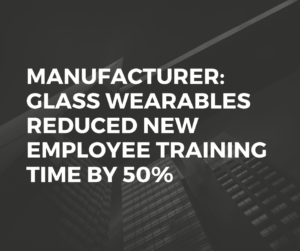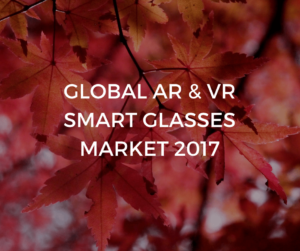Google Glass for Industry

A recent article on engineering.com describes how Google Glass should be aimed at a different market than it initially was. Rather than targeting the public, who were not as accepting of the technology as Google predicted, big organisations became interested.
The public found Google Glass unappealing due to the invasion of privacy it could be responsible for, as anyone can record video with them. However, smart glasses have much more advantageous uses in construction, and large companies within this industry will be more likely to invest in the $1300 – $1500-a-pair technology than members of the public.
The article references another article on Wired, which further discusses the increased productivity that companies, e.g. factories, the medical industry, have experienced by using Google Glass.
Through discovering their target industry, Google has helped smart glass providers by narrowing the focus for who they should market towards.








